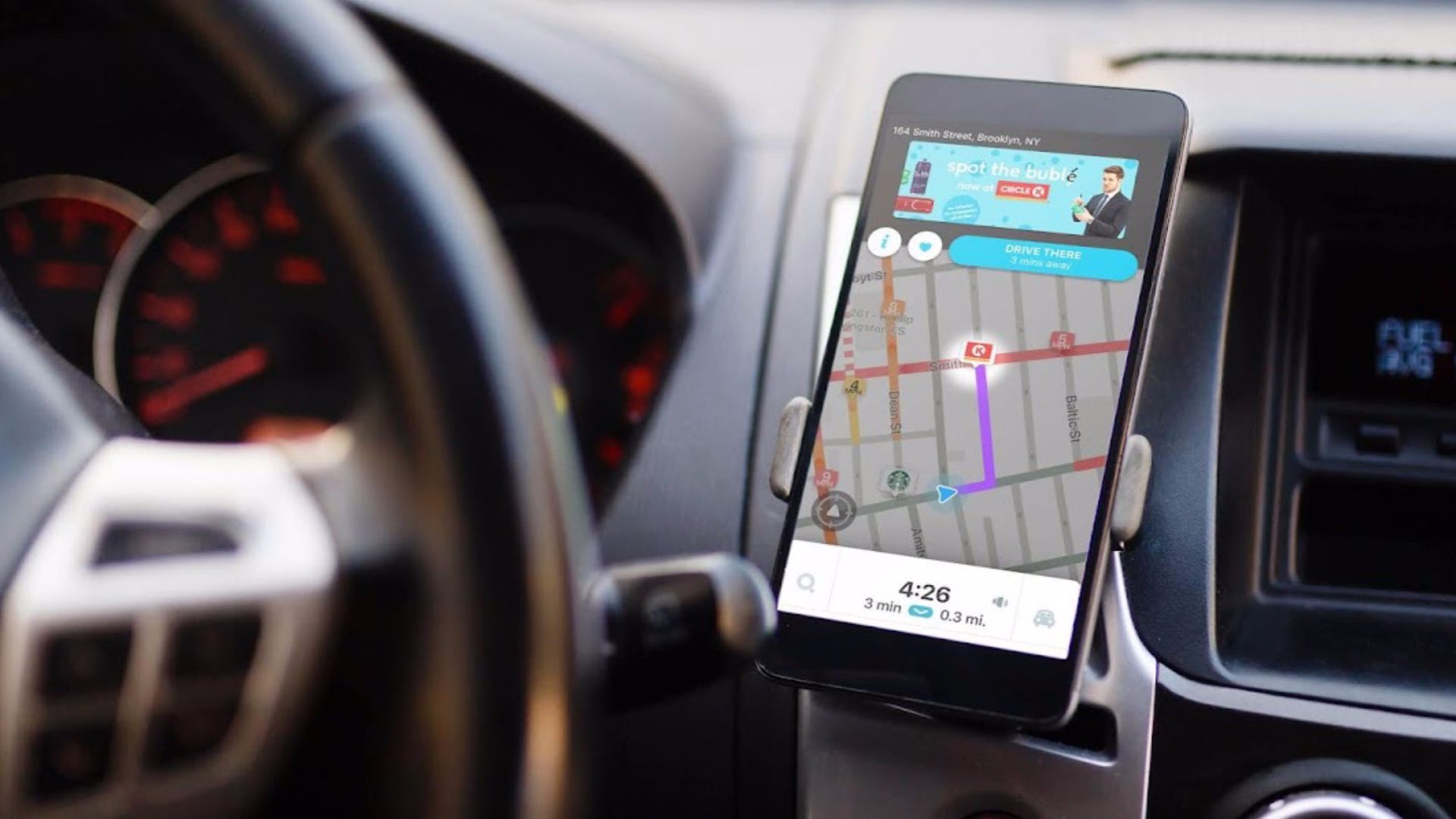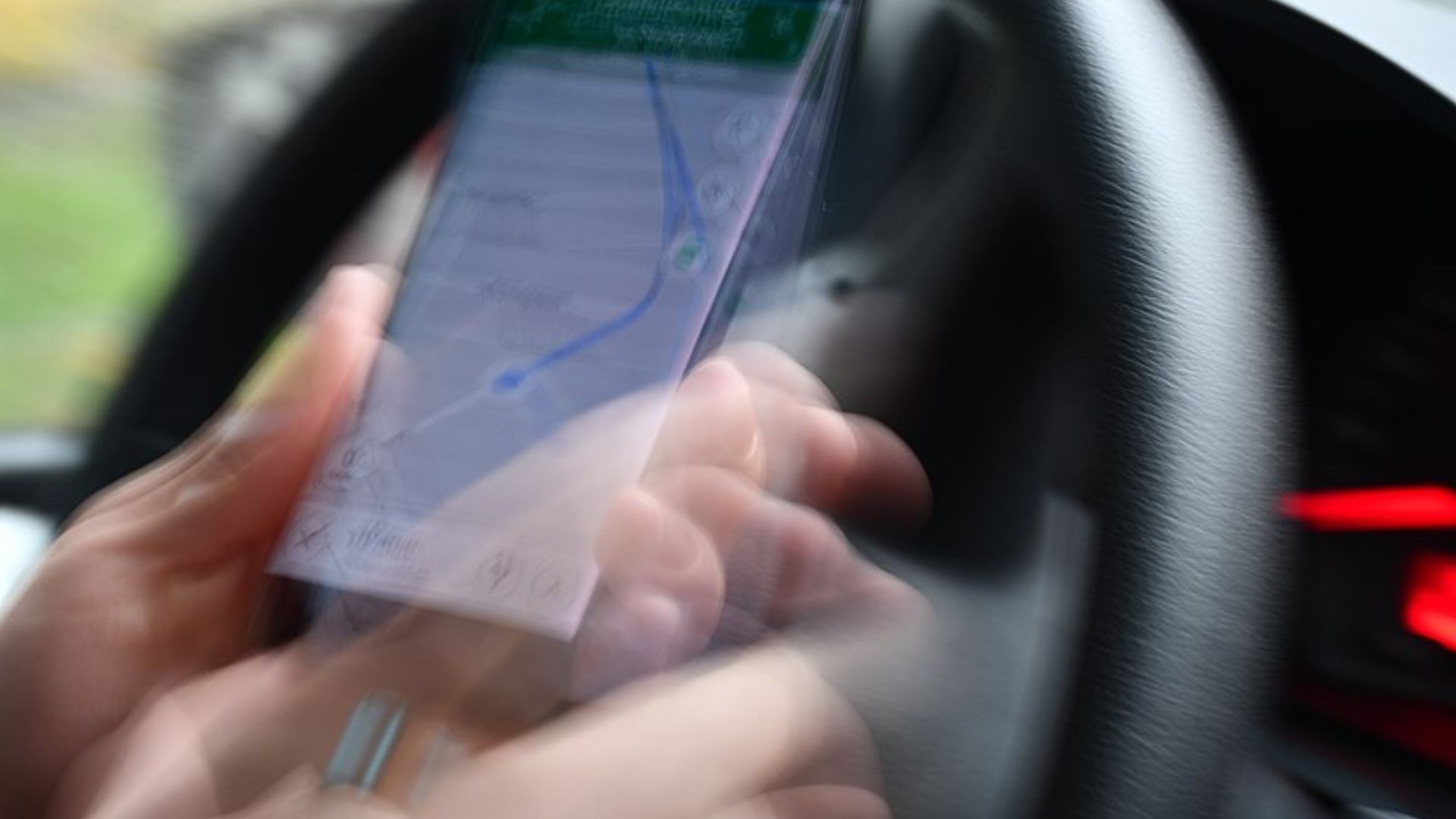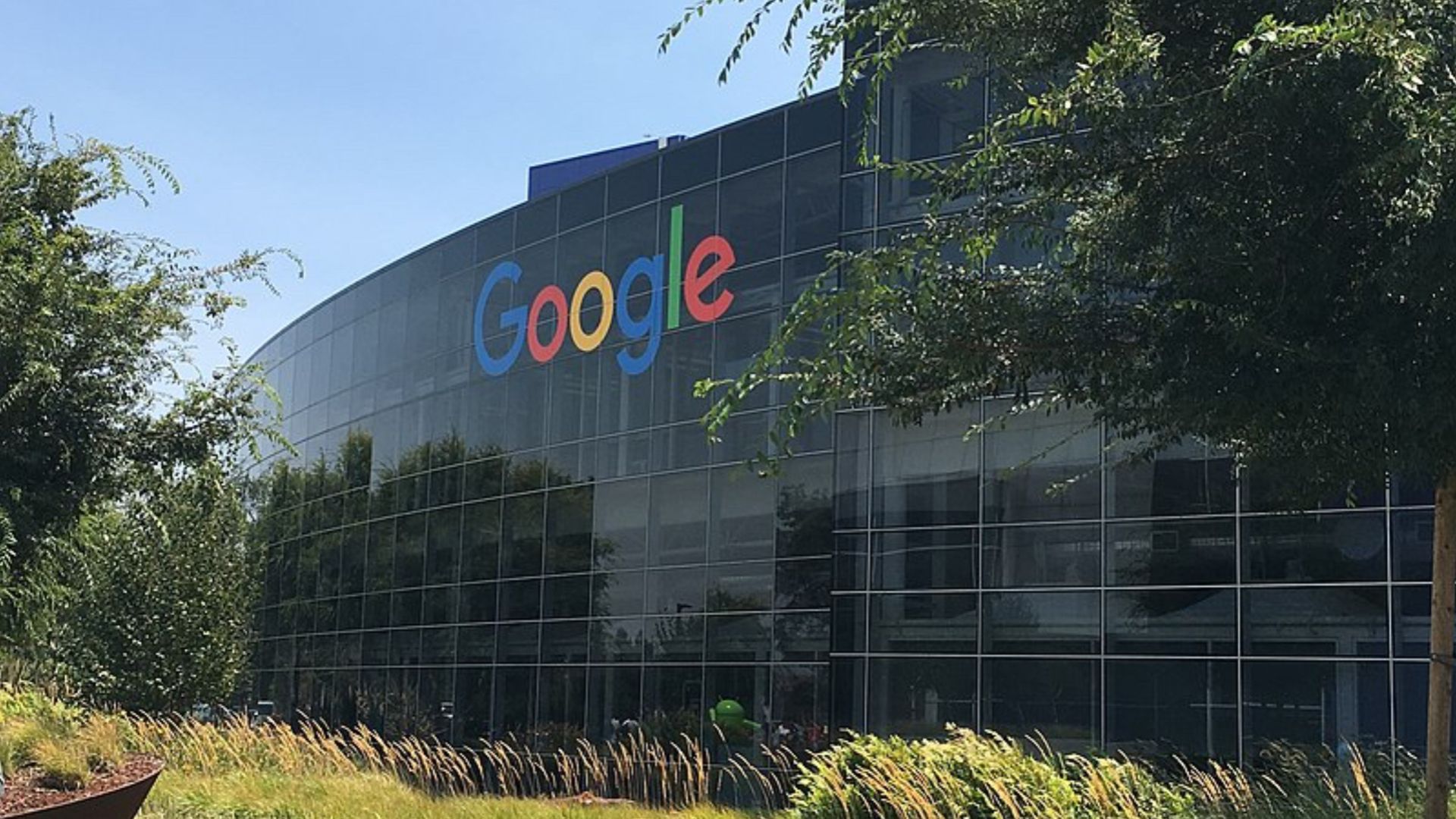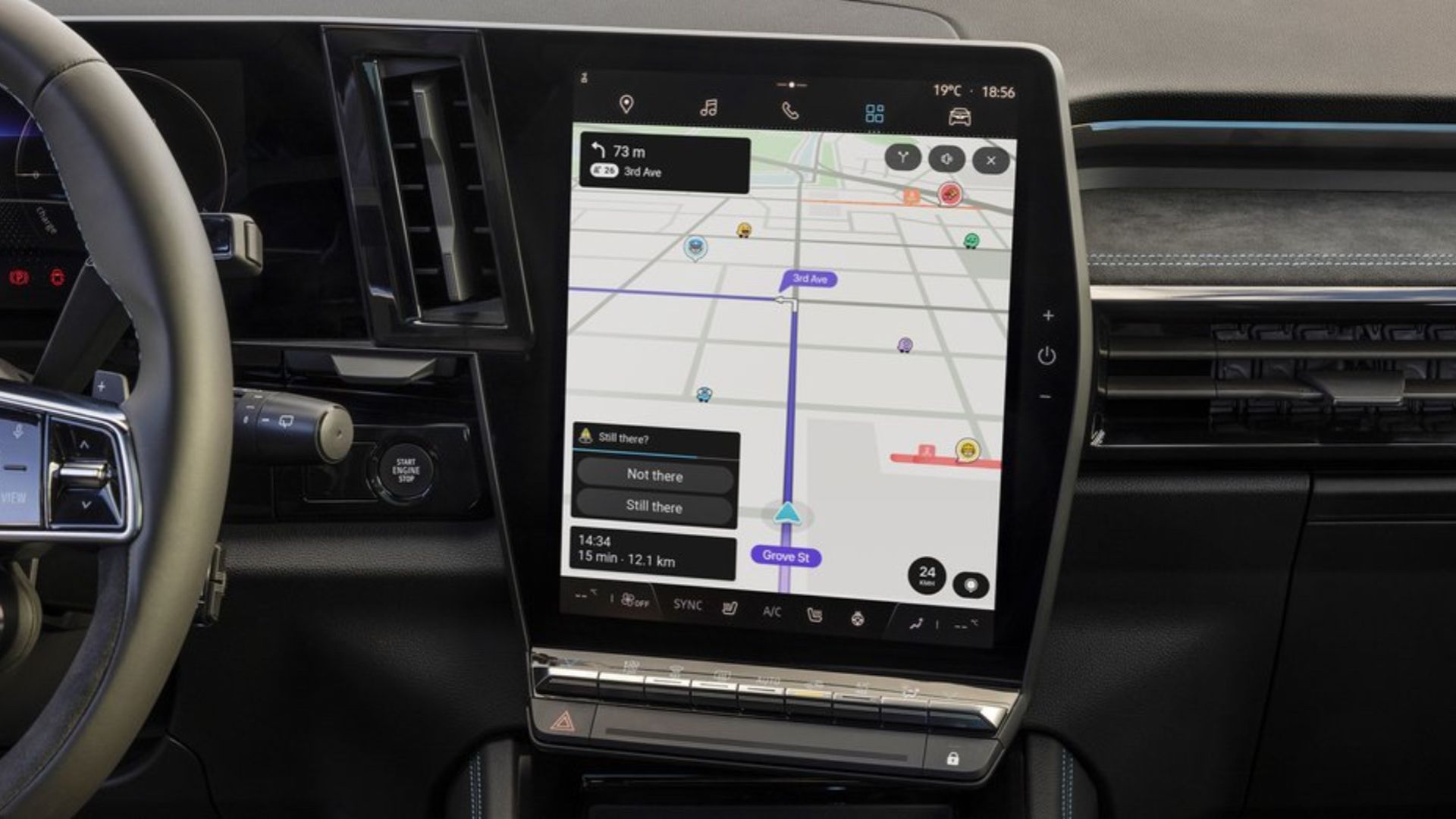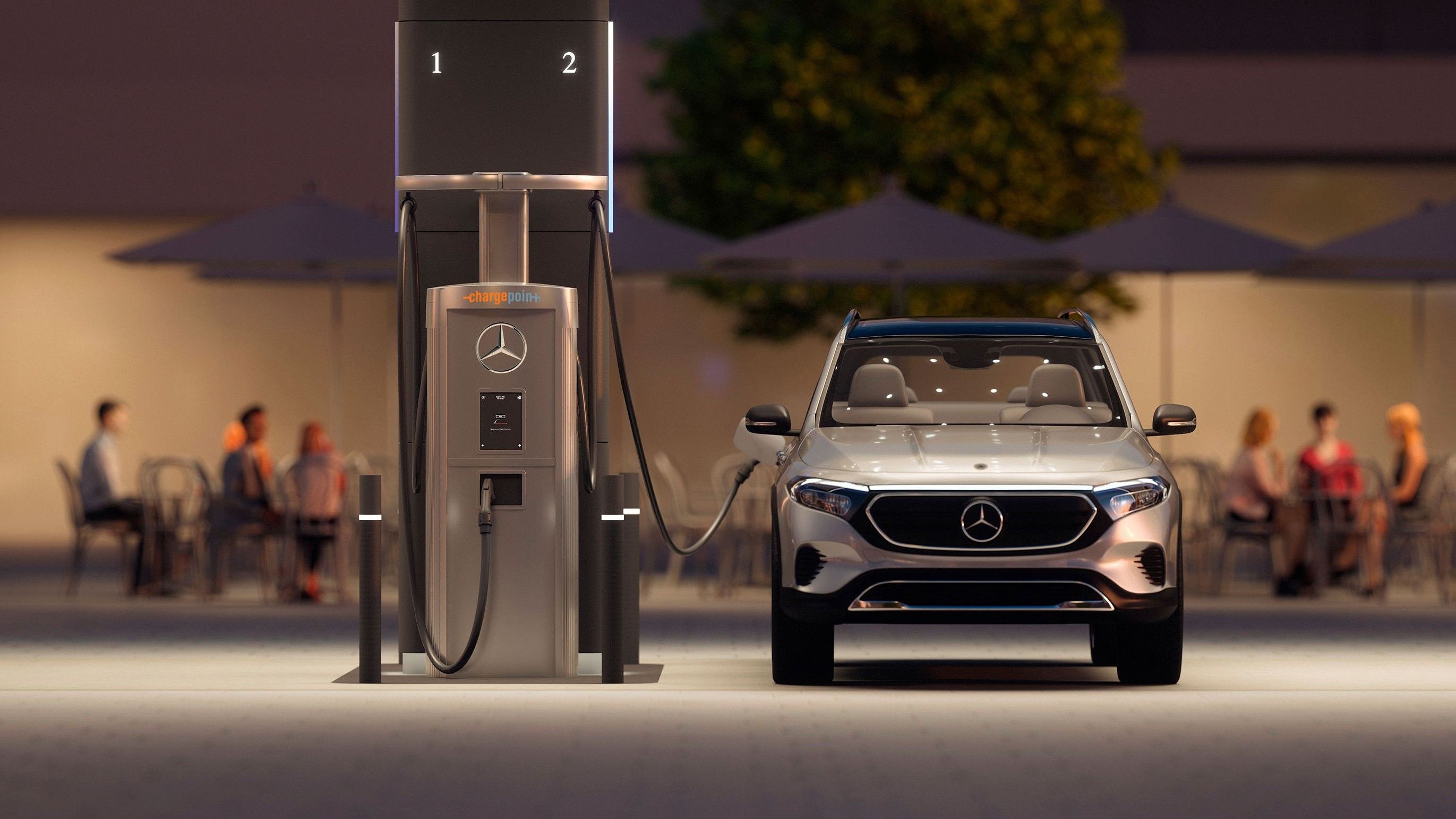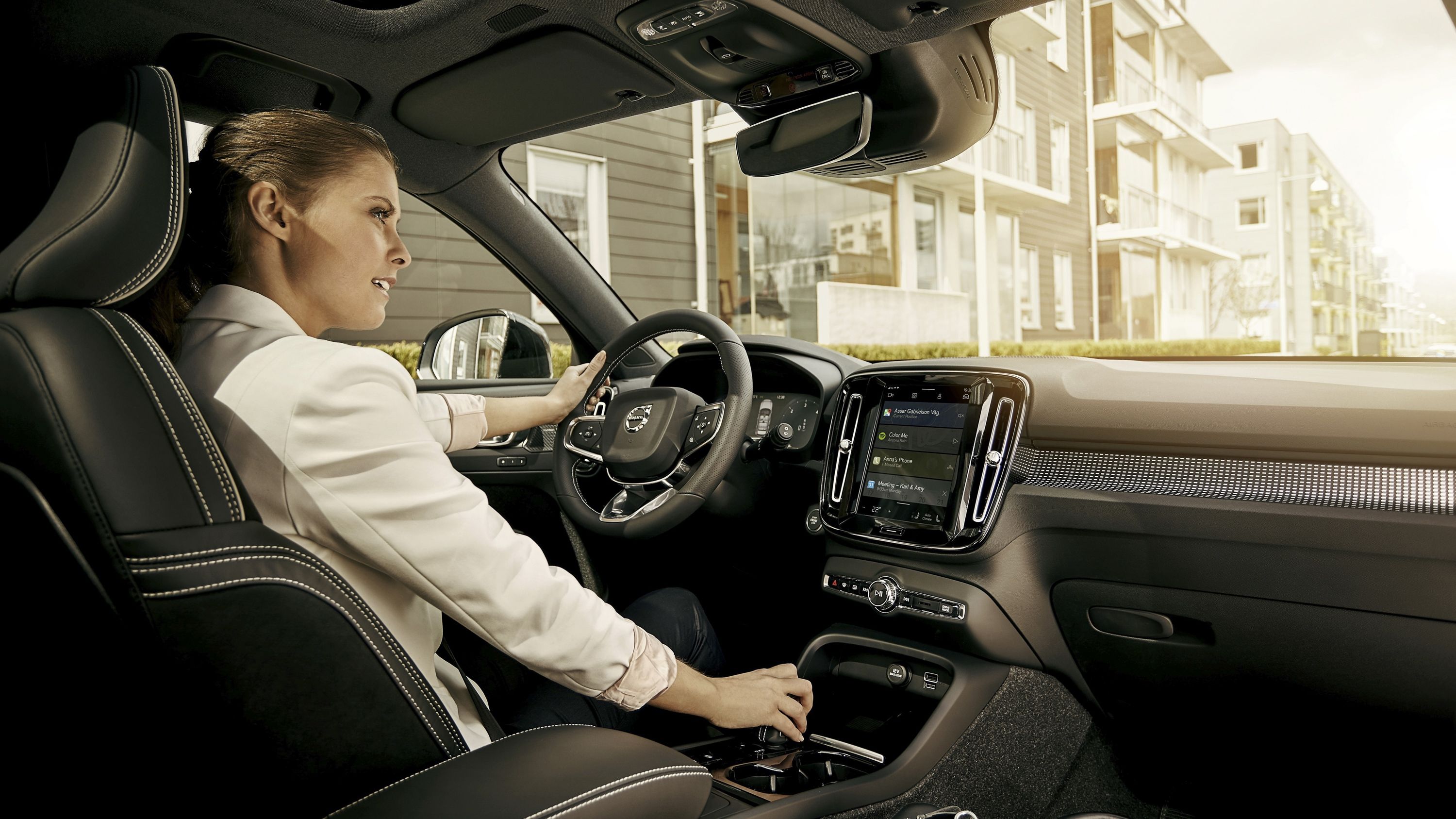It's not uncommon for a driver to punch a route into Google Maps, only to see nothing but traffic snarls, and then give Waze a try, hoping for a better outcome. Both GPS apps offer turn-by-turn navigation and the reality is, there isn't much difference between the two. Those similarities are about to increase as Google Maps is merging with Waze.
Google acquired Waze back in 2013 but has kept the development teams separate. Now, the teams will merge, but the apps will still be 2 different entities. The merge is being cited as a streamlining process and isn't expected to affect the apps. Then again, a more focused group could result in a better user experience for both.
What's The Difference Between Google Maps And Waze?
The truth of the matter is, both Google Maps and Waze are pretty much the same thing. Each smartphone app offers route planning and driving directions. They are both easy to use while driving, offer comprehensive navigation, and get drivers to their destinations. Choosing the best app is a matter of personal preference.
Waze has a slight edge in that it automatically recommends a new route when traffic conditions worsen. Google Maps has alternate routes as well, but they don't kick in on the fly. Waze has a network of volunteers who send in real-time info, so things like accidents and road debris can instantly be factored into finding the fasted route.
Google Maps offers a better service for finding food, gas, and lodging, making it more appealing to tourists. Google Maps also includes walking directions, notable sightseeing opportunities, and public transportation options. Waze is primarily a point A to point-B app, but both are about the same thing.
Dealing With The Overlap Between Google Maps And Waze
It is that sameness that has prompted Alphabet Inc., Google's parent company, to merge Google Maps with Waze. While that sounds like a major move, and maybe a bit ominous, it just means that the teams working on each of the apps will be housed under the same roof. Both Google Maps and Wave will remain separate apps.
In December, Waze's 500-plus employees were merged with Google's Geo group, which oversees the company's Maps, Earth and Street View products. Waze's CEO, Neha Parikh, will stay on for the transitional period but will step aside as there's no need for multiple chief executives in the same division.
The reason for this merger is really quite simple: overlap. The teams from Google Maps and Waze are, for the most part, working on the same things. By combining the workforces, redundancy can be eliminated, and the groups can focus on building a better user experience for both brands.
The Bottom Line Is The Bottom Line For Google And Waze
This merging of Google Maps and Waze is also a cost-cutting move and probably the real reason behind it. With a recession and sluggish economy, Google's ad revenues are way down. Google's CEO, Sundar Pichai wants to improve efficiency at the company and find ways to make it more productive.
The easiest way to achieve both goals is by getting rid of redundancy and merging teams that are working on the same things. Google had Google Play Music and YouTube music, which were almost identical services, so they merged them. There's a similar thing going on with Google Maps and Waze, though they will remain separate apps.
The good news for Waze is the company isn't expected to lay anyone off in this merger. It's all a matter of focusing the workforce on a singular purpose instead of having them scattered and fragmented.
Catching Up To The EV Revolution
One of the ways this collaborative effort could help improve Google Maps and Waze is by becoming more useful for owners of all-electric vehicles. As a general rule, both apps recommend routes based on maximizing fuel economy. EVs obviously don't use fuel and, as such, don't need the gas-saving routes.
Each of the apps will sometimes map out longer routes to avoid heavily congested areas, which eat up a lot of gas. The idea is, moving at a steady speed is more fuel efficient than being in stop-and-go traffic. The congested way may actually be faster and, for someone with an EV looking to improve efficiency, more desirable.
Google Maps just recently started allowing users to enter what type of vehicle they have, which gives the best routes for EV drivers. Waze has also just begun making the app more EV-friendly by mapping charging stations. With the teams working together, they can put a collective effort into improving this aspect of the apps.
The Google Maps And Waze Merge Is A Win-Win Situation
Over a billion people use Google Maps around the world every month. Waze has 151 million monthly users in the U.S. Both apps are extremely popular and have dedicated fan bases. It's like the Coke/Pepsi divide: you're either Google Maps or Waze.
With this merger, both apps will continue to exist, so people won't be disappointed to lose their favorite. Even better, the teams working together will push innovation and functionality while Google improves its productivity. It's a win-win situation, with maybe a third win in there somewhere.

